Treating Common Ailments in Bearded Dragons
Effective strategies for addressing and managing common ailments in bearded dragons for optimal health and well-being
Elevate your fashion game with The Urban Boa's serpentine style designed for modern trendsetters
Browse Products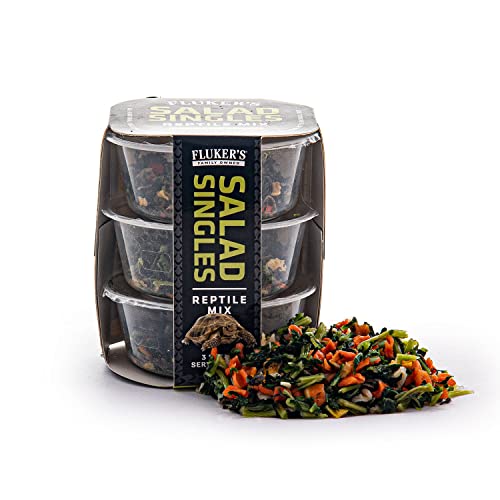
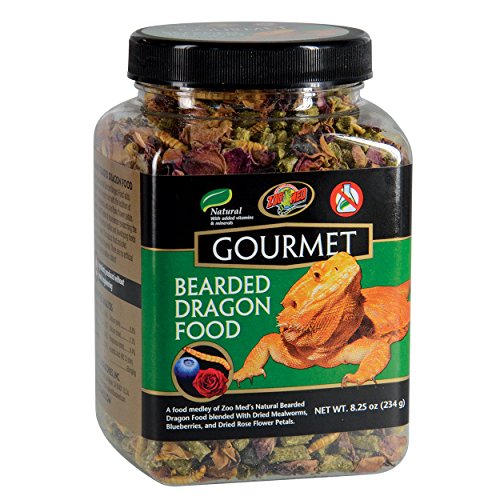
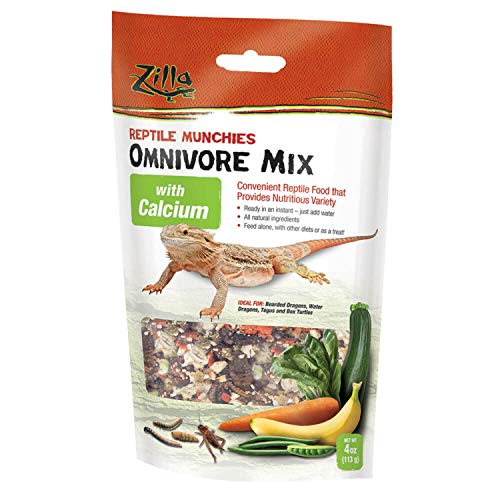
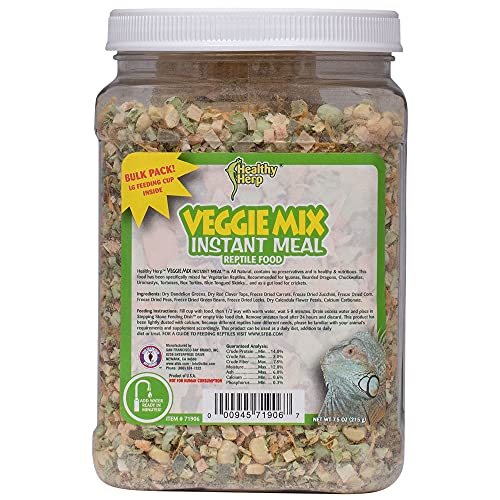
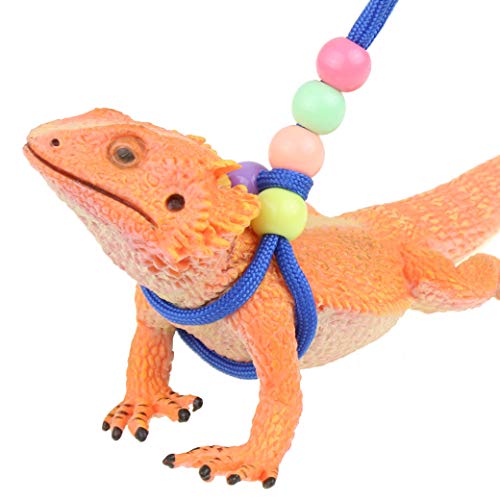
Practical and stylish accessories to ensure the safe and comfortable adventures of your bearded dragon - find a variety of leashes and harnesses here!
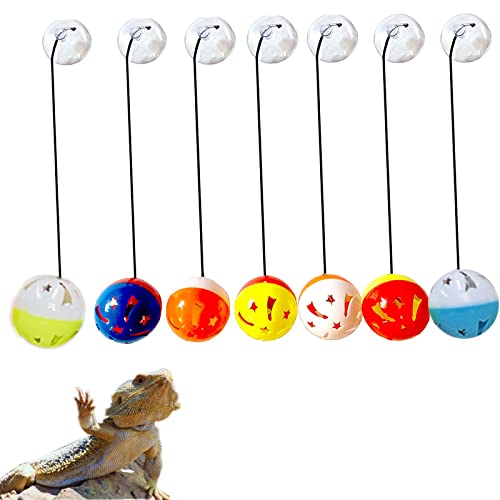
Enhance Your Bearded Dragon's Habitat with Engaging Toys and Enrichment Accessories!
Effective strategies for addressing and managing common ailments in bearded dragons for optimal health and well-being
Creating a comfortable and natural habitat for your bearded dragon in a terrarium
Understanding the behavior of bearded dragons through careful analysis and observation, uncovering valuable insights
Check out our best offers and discounts on top-quality items. Our offers change regularly, so make sure you don't miss out!
View Special OffersI was a little hesitant because of the ultra-low prices, but everything was perfectly smooth. The savings I made in comparison to other stores were significant!
Larue Hudson, Ottawa, Canada
I managed to score the best deal here and was amazed by how quickly it was delivered. I couldn't be a happier client!
Skyla Rempel, Toulouse, France
My friend guided me to your store and I am utterly pleased. I appreciate your exemplary service.
Dane Ruecker, Hamburg, Germany